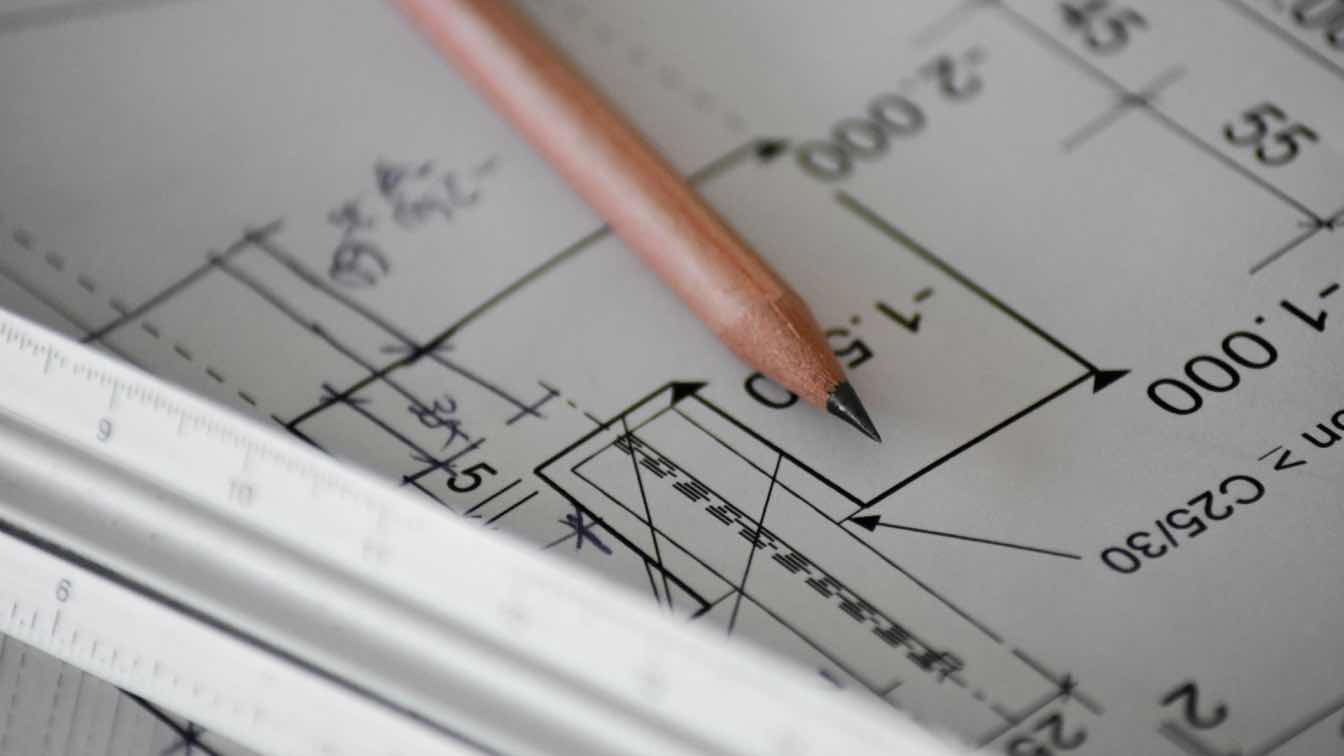With a growing interest in green living and sustainable energy sources, it's no surprise that you might be considering setting up your own home energy storage machine. An investment like this can significantly reduce your reliance on the grid, provide backup power during outages, and even save money on electricity bills. But where do you start? Let me guide you through some fundamental how-tos of getting your home energy storage system up and running.
First off, understanding the basics is crucial. Energy storage machines primarily work by storing electricity from solar panels or the grid when rates are low and providing power when needed. The two main components include a set of batteries to store power and an inverter to convert stored DC (Direct Current) into usable AC (Alternating Current).
Next, selecting the right equipment for your needs is vital. Factors such as capacity, lifespan, safety features, maintenance requirements play essential roles in choosing the best fit for your home. Don't fret! I'll break down these factors systematically so you can make an informed decision without feeling overwhelmed by technical jargon.
Understanding Home Energy Storage Machines
So, you're thinking about setting up a home energy storage machine. I'm here to guide you through the ins and outs of what exactly these machines are and why they might be worth considering for your home.
One popular type of home energy storage is battery systems - think Tesla’s Powerwall. These sleek devices store excess solar power generated during the day so it can be used at night or during an outage. They're not just cool tech gadgets; they provide real benefits like reducing reliance on fossil fuels and potentially saving money on utility bills.
Another important aspect to grasp is how these systems work with renewable energy sources. For instance, if you've installed solar panels at your place, any excess power generated gets stored in your home energy storage device for later use rather than going back into the grid. In other words, you’re creating a personal mini-grid right within your own four walls!
Just remember though - while having a home energy storage machine sounds exciting (and it really is), there are some factors to consider before diving in headfirst:
- The upfront cost: While costs have been coming down recently thanks to technological advancements, installing one of these systems still requires significant initial investment.
- Available space: Depending on its size and capacity, the physical footprint of an energy storage system could be substantial.
- Maintenance requirements: Like any other appliance in your house, this isn’t something that you set up once and forget about — regular check-ups will be necessary.
Essential Components for a Home Energy Storage Machine
Diving into the heart of setting up a home energy storage machine, it's crucial to understand its key components. These elements are what make this technology tick, and getting familiar with them will help you set up an effective system.
First off, one of the most vital components is the battery. Think of it as your machine’s powerhouse. It stores the energy that your home can use when needed. There are various types of batteries available, each with its strengths and weaknesses. Lead-acid batteries have been around for years and are known for their affordability and reliability. On the flip side, lithium-ion batteries offer superior efficiency and longer lifespan but come at a higher price tag.
Another critical component is the inverter. This nifty device converts direct current (DC) power from your batteries into alternating current (AC) power that your household appliances can use. When choosing an inverter, it's important to consider factors like efficiency rating, peak load capacity, and compatibility with your selected battery type.
The charge controller serves as a guard for your system – managing how much energy goes into your battery from solar panels or other renewable sources to prevent overcharging which could lead to damage.
Let's not forget about additional equipment like wiring and fuses which deliver power safely around your house; monitoring systems give you insights about system performance; possibly backup generators provide extra security during extended periods without enough sunlight.
Here’s a quick breakdown:
- Battery: Stores energy
- Inverter: Converts DC power from batteries into AC power
- Charge Controller: Manages energy flow to prevent overcharging
- Additional Equipment: Includes wiring, fuses, monitoring systems.
To sum things up nicely – building an efficient home energy storage machine requires careful selection of these essential components based on individual needs and circumstances. As we journey further through this topic in subsequent sections of our article series– we'll delve deeper into each of these components and how to choose the right ones for your home energy storage system.
Step-by-Step Guide to Setting Up Your Home Energy Storage Machine
One of the greatest inventions in recent years is the home energy storage machine. It's an innovative solution that allows homeowners like me to store surplus electricity during off-peak hours for use during peak periods. But setting up one can seem a bit daunting, especially if you're not familiar with how it works. So here's my easy-to-follow guide on how you can set up your own home energy storage machine.
To start off, we'll need to get our hands on a reliable energy storage machine. You'll want to look out for machines that come with guarantees and have good reviews online. Remember, quality matters when it comes to long-term investment in green technology.
Once you've got your machine, it's time for installation. If you're handy around the house, this might be something you can do yourself following the manufacturer’s instructions carefully. However, if DIY isn't your thing, don't sweat it! Many companies offer professional installation services at an extra cost.
Now let's dive into the actual setup process:
1. Location: Choose a location that is easily accessible but out of the way of daily activities.
2. Installation: Mount or place your machine according to manufacturer guidelines.
3. Connections: Connect your device to the power source and grid ensuring all wires are securely fastened.
4. Setup: Follow instruction manual provided by manufacturer for initial startup processes like system checks and performance testing.
Lastly, maintenance should never be overlooked when dealing with any kind of machinery - including home energy systems! Regular cleaning and inspection will keep your home energy storage running optimally while extending its lifespan.
Setting up a home energy storage system may seem like a big task initially but trust me—it’s worth every effort! Not only does it help reduce dependence on grid power (and those pesky utility bills), but also contributes towards creating a sustainable future. So go ahead and take that step towards energy independence with your very own home energy storage machine!
Safety Measures in Home Energy Storage Installation
When it comes to setting up a home energy storage machine, safety should be at the forefront of your mind. Here are some key measures you'll want to keep in mind.
Firstly, it's crucial to wear personal protective equipment (PPE) during installation. This may include gloves, safety glasses, and steel-toe boots. Remember that you're dealing with electricity - one wrong move could lead to serious injury or even death.
Next up is ensuring proper ventilation. Most home energy storage systems use batteries which can produce harmful gases if not properly ventilated. Make sure your setup allows for adequate air flow and isn't located in an enclosed space like a closet or small room.
Thirdly, placement matters! It's advisable not to install your energy storage system near flammable materials or heat sources. There's always a slight risk of overheating with these systems - so keeping them away from anything that could ignite is just good sense.
Just as important as physical safety is electrical safety. Always follow the manufacturer’s instructions for grounding the system and connecting it to your home’s electrical grid. If you're unsure about any steps in this process, don’t hesitate to hire a professional electrician.
Lastly, regular maintenance is key for safe operation over time. Check on the condition of your system regularly – look out for signs of corrosion, leaking fluid or other damage that might indicate a problem.
In conclusion (though we’re only halfway through!), installing and managing a home energy storage system safely involves careful planning and vigilance every step of the way – from installation location down to routine maintenance checks.
Remember:
- Wear PPE
- Ensure proper ventilation
- Consider placement carefully
- Follow all manufacturer instructions
- Regularly check on your system
Taking these precautions seriously will help ensure both successful operation and peace of mind.
Efficiency Tips: Optimizing Your Energy Storage
I'm going to share a few tips for optimizing your home energy storage. With the right approach, you can ensure that every bit of power stored is used efficiently, saving you money and reducing your carbon footprint.
One of the best ways to optimize your energy storage system is by ensuring it's type and sized correctly for your home. Many homeowners make the mistake of buying a system that's too large or too small for their needs. If it's too large, you'll end up wasting energy; if it's too small, you'll often find yourself running out of power when you need it most. To avoid this, I recommend consulting with an expert who can assess your needs and recommend the right size system for your home.
Next up on my list would be monitoring and maintenance. Regularly checking on the health of your batteries can extend their lifespan significantly. Most modern systems come with built-in software that allows you to monitor their performance in real-time - keep an eye out for any sudden drops in efficiency or capacity.
Another important tip is to use smart appliances in conjunction with your energy storage system. Smart appliances are designed to use electricity more efficiently than traditional ones - which means they consume less power and enable your stored energy to go further.
Finally, don't forget about solar panels! If you're generating a portion of your own electricity through a renewable source like solar power, then storing and using that energy becomes much more efficient.
To sum things up:
- Ensure your system is properly sized
- Implement regular monitoring and maintenance
- Use smart appliances
- Consider adding solar panels
Remember these tips as they can help optimize how effectively you store and utilize energy in your home.
Troubleshooting Common Issues in Home Energy Systems
Running into trouble with your home energy storage system can be frustrating. But don't worry, I'm here to help you troubleshoot some of the most common issues that might pop up.
Firstly, one issue could be related to poor efficiency or performance. If your energy storage machine isn't storing as much power as it should, it's possible there's a problem with your solar panels or the battery itself. Check whether the solar panels are dirty or damaged - even a small amount of grime can significantly reduce their efficiency. If they're clean and intact, inspect the battery for any visible damage or leaks.
Another common issue is an unexpected shutdown of your energy storage system. This can often be traced back to a software glitch or a fault in the system's hardware components. A quick reset might solve this problem, but if it doesn't, reach out to professional services for assistance.
- Test if resetting resolves the issue
- Check for updates on control software
- Inspect physical components for damage
Furthermore, fluctuations in power output may indicate an issue with how well your system is connected to the grid. It's important to ensure all connections are secure and properly insulated to avoid potential safety risks.
Lastly, bear in mind that extreme weather conditions like high temperatures and heavy rainfall can also negatively impact your home energy storage machine’s performance. Implementing protective measures such as insulation and waterproofing can make all the difference here.
In summary:
- Clean and maintain solar panels regularly
- Ensure all connections are secure
- Protect system from extreme weather conditions
Remember: when troubleshooting problems with complex systems like these always consider safety first! If you're unsure about anything – get professional help.
Maintaining and Servicing Your Home Energy Storage Machine
Let's dive right into this crucial aspect of your home energy storage journey - maintenance and servicing. Truth is, even the most top-notch machines won’t last forever without a bit of TLC. If you're not sure where to start, don't worry. I'm here to guide you through some key steps.
First up, it’s essential to regularly check your system for any visible damage or wear and tear. This could include signs like rusting, loose wires, or abnormal noises from the machine when it's operating. Don’t forget to keep an eye on the battery status too! Regular monitoring can ensure that any issues are caught early before they become major problems.
Next on the list is cleaning your system. Some might think it's not necessary but trust me, a clean machine operates more efficiently than one clogged with dust and debris. Especially if your machine is exposed to outdoor elements, you'll want to wipe down surfaces and remove any accumulated dirt at least once every couple of months.
Another important point is updating software. That’s right – even energy storage systems have software these days! Just as we update our phones for optimal performance, these softwares also need occasional updates for smooth operation.
Last but definitely not least is professional servicing. While DIY maintenance goes a long way in keeping your machine running smoothly, some aspects require expert attention. You should ideally schedule an annual inspection by a certified technician who can spot potential issues that may not be obvious to the untrained eye.
Remember:
- Regularly inspect for signs of damage
- Clean surfaces periodically
- Update system software as needed
- Schedule yearly professional inspections
Now go ahead! Show some love to your home energy storage machine and reap the benefits for years! Remember: prevention now saves money later.
Conclusion: Embracing Sustainable Living with Home Energy Storage
As I look back on the journey we've taken together in setting up a home energy storage machine, it's clear that sustainable living has never been more attainable. It's not just about reducing our carbon footprint or saving money—though those are significant benefits—it's also about reclaiming control over our energy usage.
Transitioning to home energy storage can feel like a leap into the unknown. But rest assured, once you've overcome the initial setup process, you'll find it's well worth the effort. You're doing more than just installing an appliance; you're investing in your future and contributing to a healthier planet.
Of course, there are challenges along the way. There will be costs involved and times when things don't go as planned. Yet one of the most important lessons I've learned is that persistence pays off:
- Keep researching
- Continue experimenting
- Never stop learning
Over time, these efforts will help streamline your system and enhance its efficiency.
Energy independence might not happen overnight. However, every step brings us closer to a cleaner, greener world where renewable energy is accessible to all.
It's been my pleasure guiding you through this transformative process. Remember - each one of us holds power (both literally and figuratively) to make impactful changes towards sustainability at home.
So here's my final piece of advice: Don't wait for tomorrow; start today! Your contribution matters—and together, we can create a sustainable future that powers more than just our homes—it powers hope.





